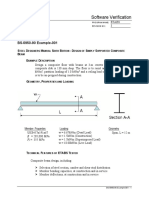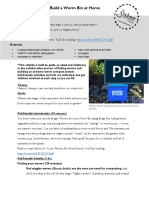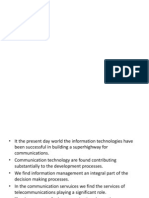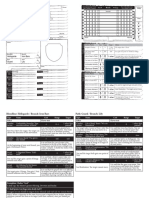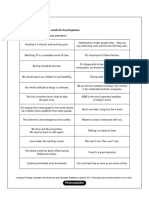0% found this document useful (0 votes)
142 views4 pagesBasic Networking Concepts and Knowledges
Networking is the process of connecting devices to share data and resources, with the Internet being the largest network. Key concepts include types of networks, network devices, protocols, IP addressing, and models like OSI and TCP/IP. Understanding these fundamentals is essential for effective communication and security in networking.
Uploaded by
afafaf30Copyright
© © All Rights Reserved
We take content rights seriously. If you suspect this is your content, claim it here.
Available Formats
Download as PDF, TXT or read online on Scribd
0% found this document useful (0 votes)
142 views4 pagesBasic Networking Concepts and Knowledges
Networking is the process of connecting devices to share data and resources, with the Internet being the largest network. Key concepts include types of networks, network devices, protocols, IP addressing, and models like OSI and TCP/IP. Understanding these fundamentals is essential for effective communication and security in networking.
Uploaded by
afafaf30Copyright
© © All Rights Reserved
We take content rights seriously. If you suspect this is your content, claim it here.
Available Formats
Download as PDF, TXT or read online on Scribd
/ 4



























































